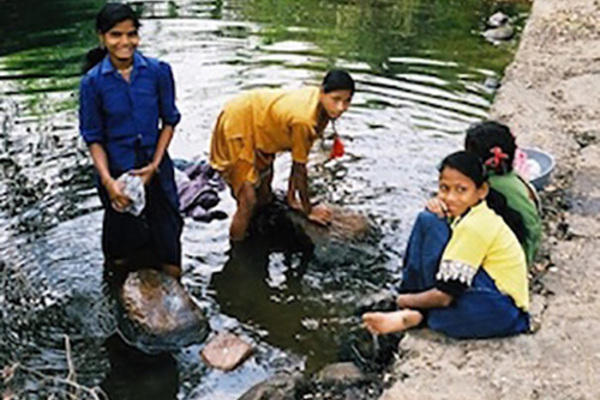Anandwan
From 1996 until 2010, Dr. Schweitzer’s Hospital Fund, now incorporated with Reverence for Life UK, sent contributions to a Leper Community called Anandwan in Warora, Central India.
Anandwan is a community which has given care and rehabilitation to thousands of individuals suffering from leprosy and other hardships. Founded by Baba Amte, this leper community was built on the principle that dignity is derived from constructive, creative activity and the ability to contribute. It is therefore crucial, no matter how disabled an individual might be, that a task is found for them and arrangements made for them to work. This inspired the lepers in Baba's care to create a productive and thriving community.
During two visits by members of Reverence for Life UK, a close relationship was forged with Anandwan. It is a place where an attitude of Reverence for Life infuses everyone's activities.
There are two hospitals, schools for disabled children, craft studios, engineering workshops and agricultural colleges. Their farming activities render the community self-sufficient in cereals and dairy products. They generate income by selling products they make from recycled plastic collected from surrounding roads and villages. All this work is executed by cured lepers, who still need regular medical attention because of their affected limbs.
To save timber a special form of construction has been developed using vaulted roofs made of single skin brickwork. The bricks are made of local earth and a minimal amount of cement cured under water to overcome the problems of excessive heat. To reflect heat, the vaulted roofs are covered with a layer of fragmented broken glazed tiles, obtained as waste material from nearby industries. Methane for cooking is produced in sewage tanks and human waste is composted for use on fields as manure. Salvaged car tyres are used to build dams across rivers to store water for irrigation.
Anandwan is a positive example of how an attitude of Reverence for Life can lead to a thriving community that is environmentally aware and sustainable.




